If you’ve been around the beauty scene for the last few years, you’d have run into a few cleansing oils (as opposed to the oil cleansing method). The most famous is probably the Shu Uemura range, which has kick started a whole new category of cleansing oils, which go on and melt make-up like oils, but wash off cleanly with water (or a water-soaked cotton pad) like a water-based product.
What sorcery is this??! Well, it’s all in the ingredients. Cleansing oils consist of 2 main components: oil and an emulsifier.
The main rule for dissolving stuff in chemistry is “like dissolves like”. The oil dissolves oil-based make-up, like in the oil cleansing method. Normally the oil then won’t dissolve in water, but that’s where the emulsifier (also known as a surfactant) comes in! It has a lipophilic tail which dissolves in oil, and a charged head which dissolves in water, so it helps the oil dissolve in water, forming little droplets which rinse off and leave your skin clean (much like a mild soap).
It’s like a fuss-free, all-in-one OCM and soap in the one package – however, they leave less oil on your skin and are more stripping than pure OCM (where you can choose not to cleanse afterwards, or at least tailor the strength of your cleanser to your particular needs).
If you’re curious, the “milky” look comes from the fact there are lots of little oil droplets in the water, thanks to the emulsifier. The droplets block light, and so emulsions tend to be opaque (milk itself is an emulsion). Mixtures where the two liquids dissolve in each other, such as alcohol and water in vodka, are clear.
Here are three I’ve tried, and the ingredients that make them work. I’ve only included the main oils, not the oils in low concentrations that aren’t doing much dissolving (to my best guess). Remember that the ingredients list is in order from highest to lowest concentration, with everything under 1% allowed to be in any order:
Face of Australia Pure Skin Cleansing Oil
Oils: Mineral oil, caprylic/capric triglyceride, safflower oil, macadamia seed oil
Emulsifier: Polysorbate 60
This one is the oiliest of the three, although it still manages to wash all my make-up off (admittedly, I wear rather light make-up). It leaves my skin considerably softer than a cleanser – this one’s a winner! It’s even useable on slightly wet skin (read: shower-friendly).
Dermalogica Precleanse
Oils: Caprylic/capric triglyceride, apricot kernel oil, sunflower seed oil
Emulsifier: PEG-40 sorbitan peroleate
This is the lightest in texture of the three, and needs to be applied with minimal water for it to work, or else it’s like washing with water. It doesn’t strip and it removed my make-up completely. It’s lightly scented with lavender.
Dr Lewinn’s 4 Fusion Cleansing Oil
Oils: Soybean oil
Emulsifier: POE (20) glyceryl triisostearate
The fragrance is a bit strong (it’s a citrussy scent), but this cleansing oil is otherwise pretty good – washes off all the make-up, but does leave skin about the same level of hydrated as a gentle foaming cleanser.
I really like the convenience of cleansing oils, and even though they’re not as softening as pure oil cleansing, they’re way, way faster to use. They’re particularly good as a travel product in my opinion – you can apply these, then remove with a face wipe, and ensure all your make-up comes off without needing a sink.
These products were provided for editorial consideration, which did not affect my opinion. For more information, see Disclosure Policy.
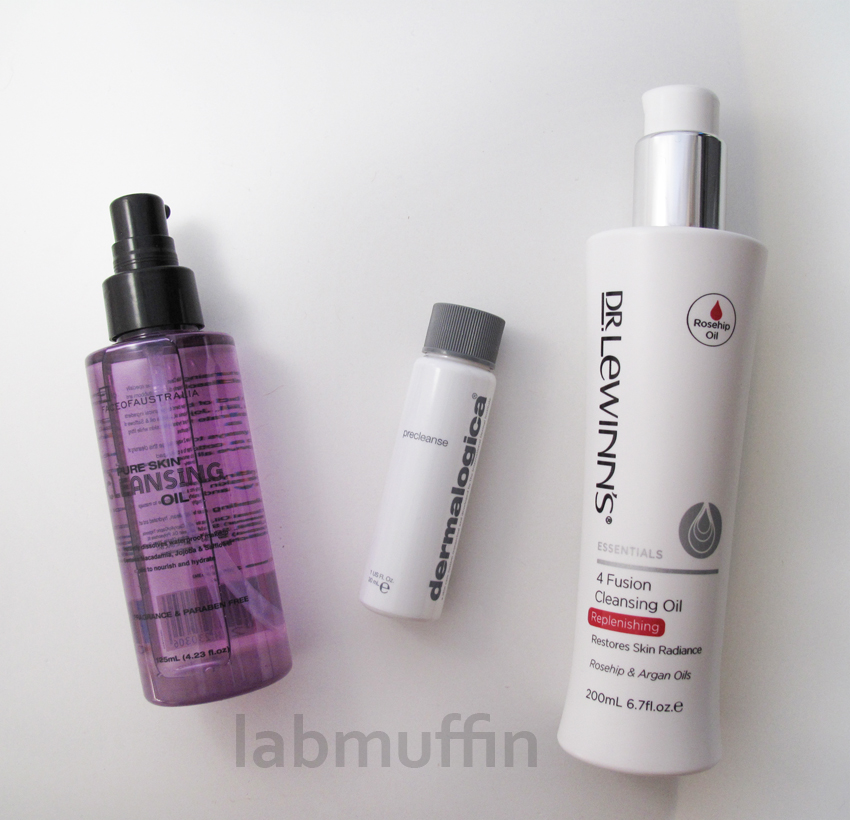
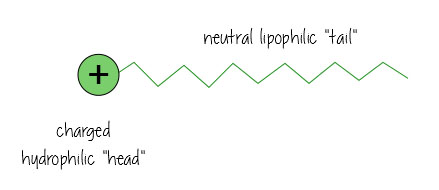
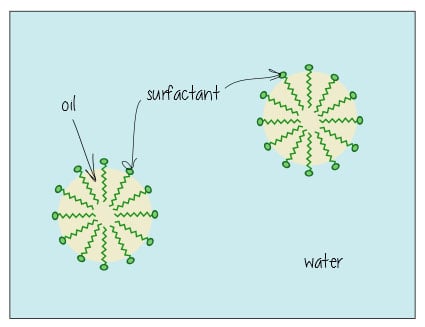
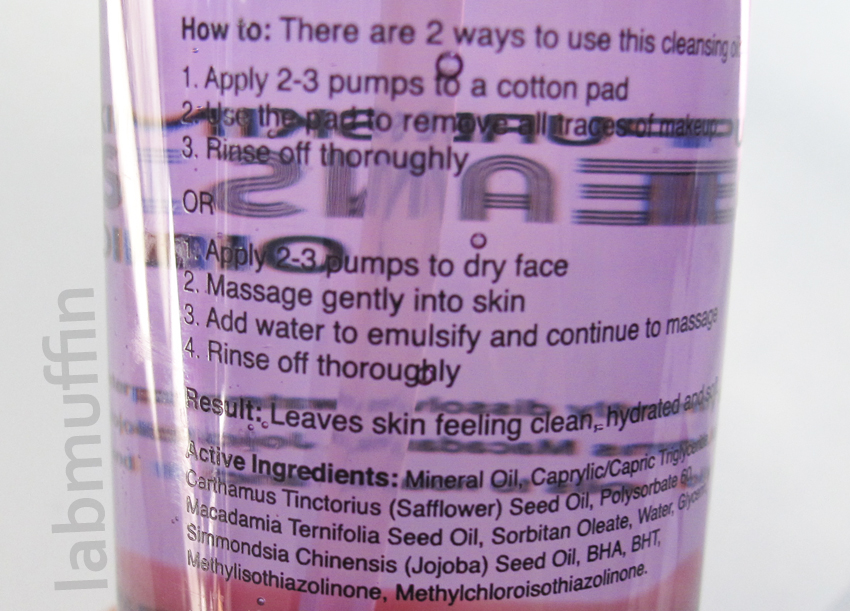

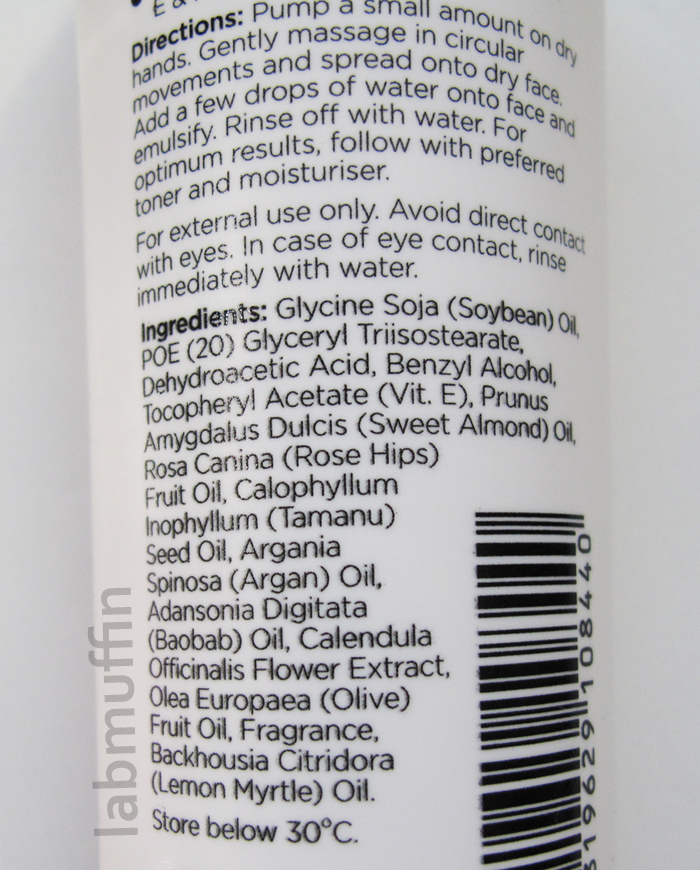


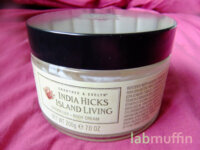
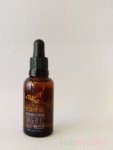
Very interesting! I’m just getting into cleansing oils but love them for removing makeup. I wasn’t aware FOA had a cleansing oil out, but it sounds great!
Tasha // shiwashiful.
The Face of Australia is brand new – it should be landing in your local stores soon if it hasn’t already! 🙂
Does adding water beforehand render it useless? Being overly economical, I add a bit of water when my Biore cleansing oil is down to its last dregs to make sure nothing is wasted. It does turn milky white, so it’s been emulsified, but does that mean it’s now just like rinsing with water?
It depends on how much water – basically, you need a high enough proportion of oil and surfactant for the oil to reach your skin and the surfactant to take it off, but if all the oil is in droplets stabilised with surfactant, it’s like rinsing with water and not enough oil will get to your skin to do anything. How much water it can take before it becomes useless depends on the individual cleansing oil. The way I check if my skin is clean is by applying 2% BHA with a cotton pad after cleansing, and checking if the pad stays white.
Hey Michelle will you potential do a post on DIY Oil Cleanser? I’d love to be able to make my own and choose the oil I want to use but not sure what surfectant to use (or if they are difficult to get hold of lol)
Great post! I’ve been using an oil cleanser (Clarins Perilla Oil Cleanser) and my skin has never felt/looked better! I haven’t broken out in over a week and the 1 weekend i stopped using it my face looked shit and I broke out :-O
Really interesting read + great debunking! I’ve definitely heard people say mineral oil isn’t safe, lol but these are people who’ve heard rumours from others! 🙂
Are there any 100% unfragranced mineral oil products you’d recommend for someone /w eczema + acne-prone/dehydrated skin? Also would a mix of part hemp oil + part mineral oil be good?
This was a great article. I have a question. What would be the emulsifier in Yoshimomo’s oil cleanser. (Link with ingredients list):
https://yoshimomo.com/collections/cleansers/products/1-step-tsubaki-cleansing-oil?variant=9048882373
The emulsifier would be Caprylyl Capryl Glucoside 🙂
Hi Michelle,
can an oil on its own really work to cleanse? ( as a cleansing oil) with out any surfactant?
Does it mean you have to rub more for it to work then?
I talked a bit about it here: https://labmuffin.com/a-month-without-facewash/